Telehealth virtual 'house call' for UMMC patients during pandemic
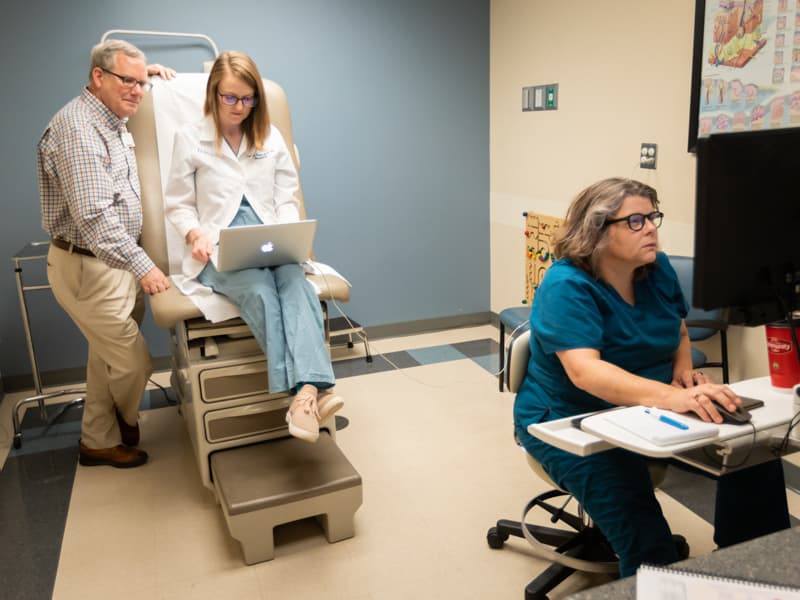
Editor's Note: Saturday, June 6, is the final day that the C Spire Health app will be used as a screening tool for COVID-19 testing. After that, Mississippians can be screened and scheduled for appointment-only testing by calling the UMMC Center for Telehealth at (601) 496-7200 or by going to umc.edu/covidscreening.
Experts from the University of Mississippi Medical Center and its pediatric arm, Children’s of Mississippi, are making virtual “house calls” to patients during the COVID-19 pandemic, providing needed care while preventing the novel coronavirus’ spread.
Throughout the Medical Center, telehealth efforts have been ramped up rapidly to keep vital patient care available when possible. UMMC, in 2017, was named a Telehealth Center of Excellence by the federal Health Resources and Services Administration, one of two sites in the country to receive that designation.
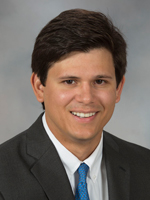
“UMMC’s COVID-19 response for the state of Mississippi is centered around telehealth,” said Julio Cespedes, director of Telehealth Innovation, Design and Implementation at the Center for Telehealth, noting the role of telehealth through the C Spire Health app in triaging patients who may need testing for COVID-19.
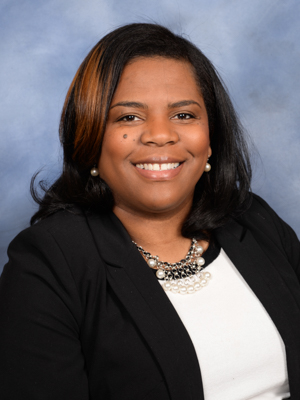
“Telehealth has built a work force and statewide operation for testing,” said Tearsanee Davis, director of clinical and advanced practice operations at the Center for Telehealth. “The Center for Telehealth started on March 13 taking calls from UMMC employees and students who had traveled out of state, screening them for risk of COVID-19 and providing education seven days a week.”
The month between Feb. 20 and March 20 has seen a 286 percent increase in telehealth visits and an increase in telehealth users of 5,704 percent.
Protecting patients’ privacy is, of course, a priority for caregivers, and this is no less true when it comes to telehealth.
Because of the Medical Center’s telehealth track record, UMMC was recently invited to share its expertise as part of the Securing Telehealth Remote Patient Monitoring Ecosystem Project, a consortium assembled by the national Cybersecurity Center of Excellence.
As one of 10 members of this project, UMMC will be instrumental in producing a free National Institute of Standards and Technology (NIST) Cybersecurity Practice Guide for hospitals, patients, independent health care providers and others using remote patient monitoring products and services, said Steven Waite, executive director of information security at UMMC.
For patients who need to see their regular provider for care not related to the outbreak, telehealth, and in some cases, phone calls, are making care available, even when staying home is encouraged.
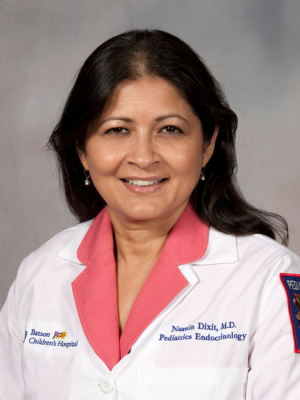
“These are good old house calls,” said Dr. Naznin Dixit, professor and chair of pediatric endocrinology.
The principle is the same. As in the days of traveling physicians, today’s telehealth “house calls” connect patients at home to their health care providers at a time when Americans are at home.
“We have patients who need care, and if they miss their appointment, it might be six months before they could get another one,” Dixit said.
Using a combination of the UMMC2U app and Jabber, plus, in the case of diabetes patients, cloud-based monitoring of patients’ blood glucose levels and insulin pumps, pediatric endocrinologists are making sure their patients stay healthy.
In adult dermatology, hundreds of live telehealth patient visits have been provided since March 19, said Dr. Robert Brodell, professor and chair of dermatology.
“The good news is that 90 percent of patients issues can be handled by teledermatology during this crisis,” Brodell said, “with about 10 percent triaged to the office for a biopsy or other testing in urgent and emergent situations or scheduled for a follow-up visit after we anticipate COVID-19 has abated. We are triaging patients into the office who have lesions that appear to be malignant melanoma or other urgent skin conditions.”
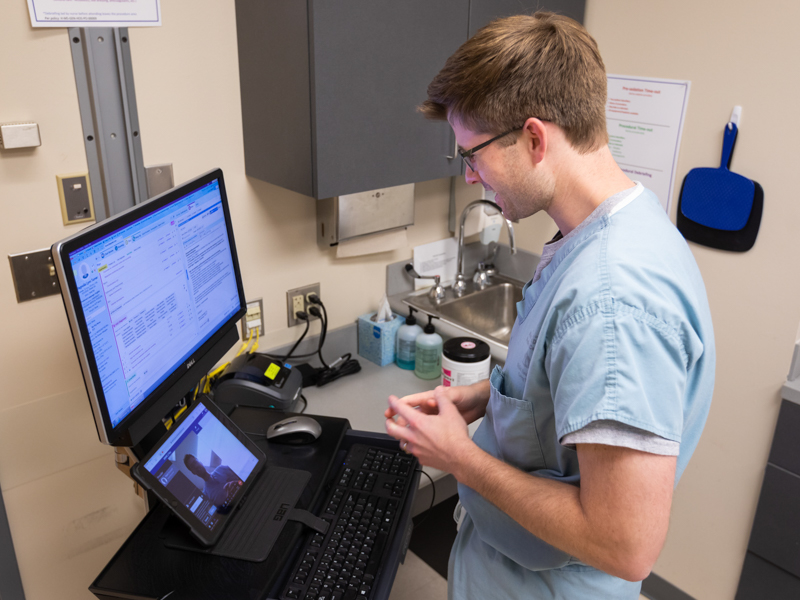
Dermatologists are also seeing hospital inpatients through telehealth “to minimize the number of physicians on floors,” Brodell said. “We do go to floors to see patients whose images from the teledermatology suggest they need a biopsy or other tests.”
For clinical staff dealing with COVID-19 directly, telehealth cameras in COVID-19 patients’ intensive care rooms enables a care team to be virtually in the room while limiting use of personal protective equipment, or PPE. Cameras are being set up in the Emergency Department for the same purpose.
At Children’s of Mississippi’s Center for Advancement of Youth clinic off Old Canton Road in northeast Jackson, the waiting room is empty, but plenty of patients are being seen.
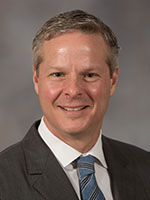
“We’ve moved to providing behavioral health care 100 percent through telehealth,” said Dr. David Elkin, CAY’s executive director. “We did that to limit the possibility of virus exposure for our patients and their families, but we also recognize that this is a critical time for our behavioral health patients. They are out of school, their routines have changed, and this is a stressful time for them. Behavioral health care is more important for them and their families now in this national crisis.”
For adults and children needing ear, nose and throat care through otolaryngology, care is available, said Brianne Pardo, business development manager for UMMC’s Department of Otolaryngology and Communicative Sciences.
“We went from a pilot on Monday to seeing all of our patients who are non-urgent or who need follow-up care,” she said. “On Friday, we were doing same-day appointments. We can even get elective surgeries lined up for when the danger of the spread of COVID-19 is over.”
UMMC patients without WiFi or smartphones have been able to talk with their care providers over the phone.
Pardo said that the more frequent use of telehealth now has shown providers its capabilities. “So far, it’s going beautifully.”
Dixit said that, once the crisis is over, in-person patient care is her preference. “It’s always best to see your patient, but if you can’t, this is a good option to make sure care continues.”
Elkin thinks using telehealth now may make it more likely to be used in the future.
“This may change how we look at providing care and reaching patients after this crisis is over.”
Said Cespedes: “The need for more remote patient monitoring is only going to grow, and what’s going on right now with the COVID-19 crisis illustrates that need.”


